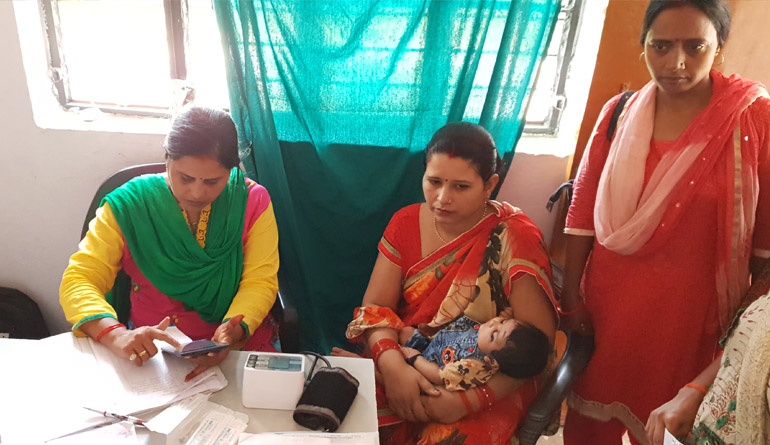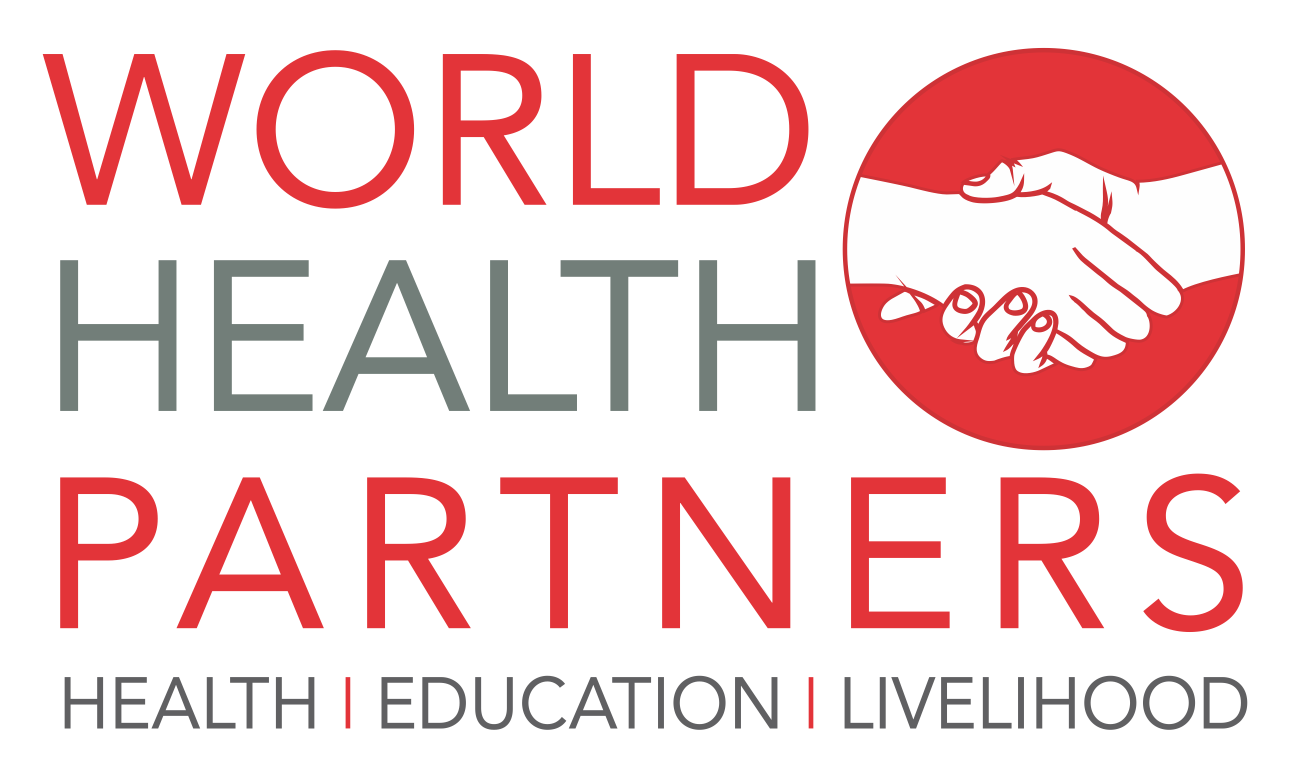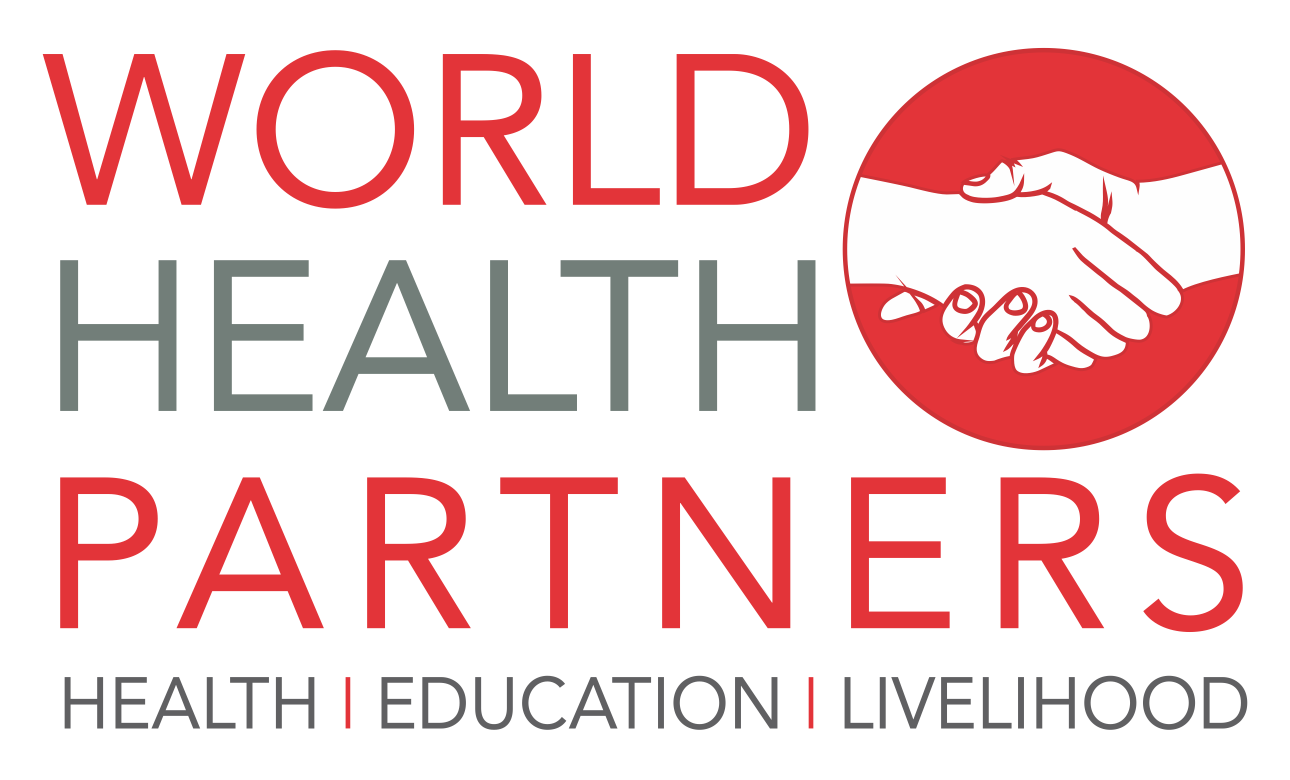GORAKHPUR:
PROOF-OF-CONCEPT

WHP launched an innovative public-private model in Uttar Pradesh on Feb 1, 2018 in which the management systems and digital solutions developed for private entrepreneurs? network was re-purposed to extract better value from resources deployed in the public sector. The project is implemented in Gorakhpur district which is one of the largest districts of the country with 4.5 million population (81% rural).
The Gorakhpur proof-of-concept project was implemented at a Primary Health Centre (PHC) located in Chargawa and four of its sub-centres. While the sub-centres together cover a population of 40,000, the PHC has a catchment population of 250,000 served by a total of 26 sub-centres.
The project was focused on creating a workable model which provides tools to the front-end personnel consisting of doctors, nurses (ANM or Auxiliary Nurse Midwife in government parlance) and village volunteers (ASHAs or Accredited Social Health Activists) that would bring about rapid improvements in healthcare outputs and outcomes. The tools help the personnel execute their work methodically and more efficiently with digitization helping in automating many routine tasks and using the time saved to enable them address many unmet needs. The digital system processes the inputs at the back-end, establishes a process continuum among different constituents to improve efficiencies, and provides trackable task lists for each individual on an ongoing basis. This also enabled the supervisory levels to have continued access to performance metrics in real time so quick corrective actions can be initiated when needed.
LESSONS AND RESULTS:
The ANMs were very receptive to the technology tools while the doctors were extremely reluctant. For the ANMs, the digital tools generated to-do lists on each day of service provision thereby providing a great enabler and saving significant amounts of time. (The ANMs spend between 2 and 3 hours a day keeping records which was reduced to 5 to 10 minutes by our solution since their work is mostly predictable and amenable to digitisation.) The ANMs also found the tools intuitive and easy to use. The main takeaway is: willing adoption that is crucial to establishing a digital system needs to be anchored on the convenience and comfort levels of the users from which the rest of the needs, such as reliable real-time metrics, data reporting and placement of indent supplies should automatically flow. And in settings of high absenteeism, there is a general reluctance to use digital systems that enable tracking of performance in real time.
WHP welcomes the opportunity to collaborate to implement this commitment.
Partner with Us

